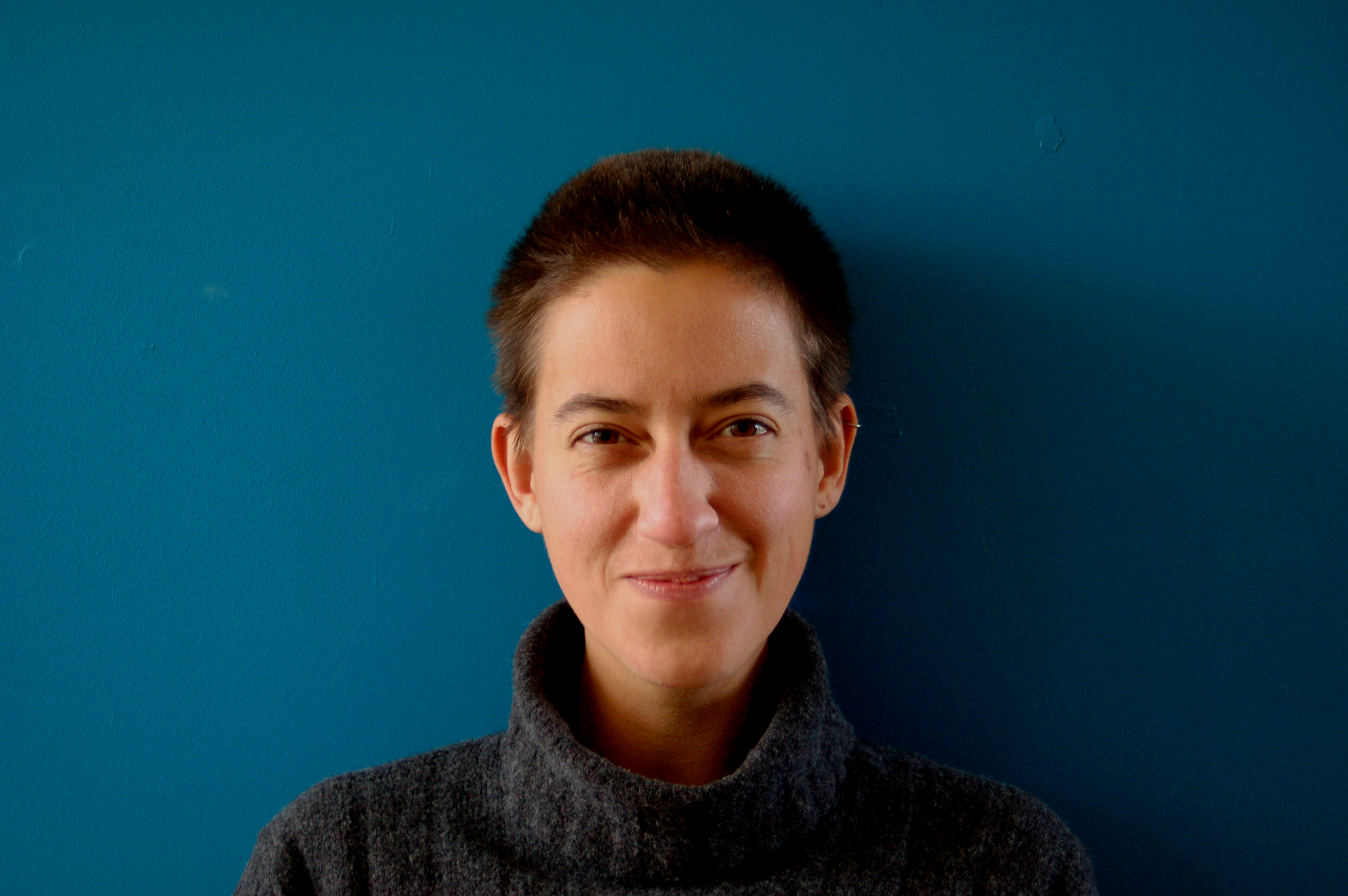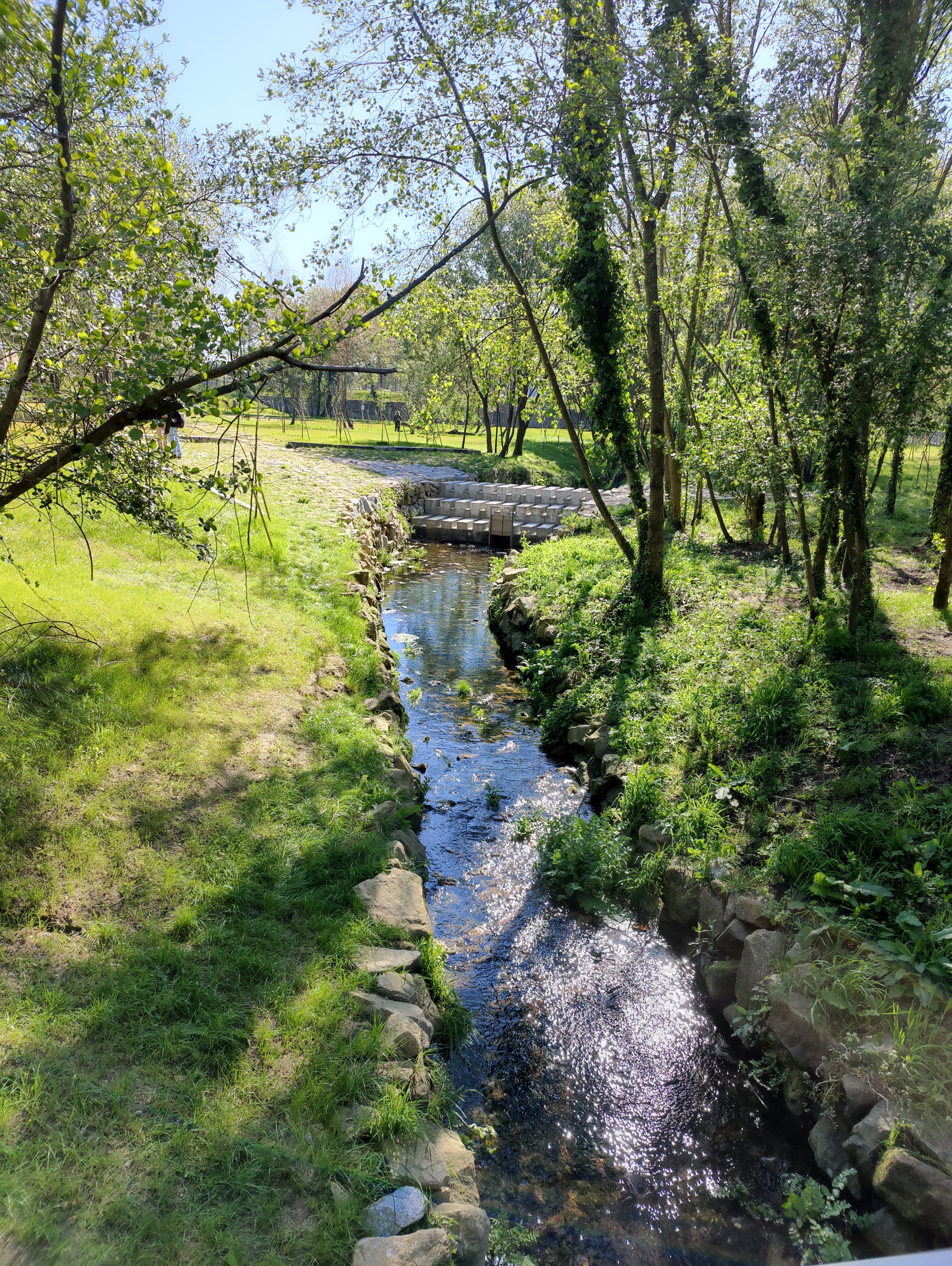Laetitia Boon

Brussels
Laetitia Boon
Project coordinator City of Brussels
Project coordinator and local task force leader for URBiNAT in Brussels, in charge of deploying the living lab in Neder-Over-Heembeek.
Main Research Focus / Area of Expertise
Inclusive urban co-creation for more convivial living together in public space
NBS Expertise
[PDF Download] Community Workshops
Open meetings facilitated and organized in small groups in which participants are invited to debate a specific thematic. This method allows to explore and develop bottom-up and grassroots community development skills for people within their own communities. Participants can identify their most pressing social determinants, with positive and negative aspects of their environment, bringing social justice and environmental sustainability. The method also assists people to gain a clearer understanding of the principles of community development and community capacity building, increasing awareness and understanding of the main themes, terms and definitions.
[PDF Download] Walkthrough
Walkthrough is a method of analysis that combines observation in situ with an interview simultaneously. It creates an accepting environment that puts a small number of participants at ease allowing then to thoughtfully answer questions in their own words and add meaning to their answers. It also identifies the negative and positive aspects of the analyzed environments.
It allows identifying the perception of the residents in the place where they live. In this technique, they are invited to appropriate the neighbourhood and evaluate the territory, its inadequacies, surplus or missing furniture, barriers and potentialities, among other important elements.
Walkthrough is a participatory method and solution (NBS) that creates awareness while participants walk and discuss what they feel, see and know.
[PDF Download] Motivational Interviewing
Extending from the experience of psychology focusing on addressing behavioural risk factors, such as drinking, smoking or other forms of substance abuse, Motivational Interviewing (MI) has evolved to form a methodology and technique for wider efforts to promote behavior- change in extended communities. MI starts out with collaborative, person-centred communication method and form of guiding to understand needs and to elicit and strengthen motivation for changed behaviours. MI is particularly devised to strengthen personal motivation for and commitment to a specific goal by eliciting and exploring the person’s own reasons for change within an atmosphere of acceptance and compassion. It integrates features of human, face-to-face interaction and mechanisms for establishment of trust, to build incentives for positive changes.
[PDF Download] Design Thinking
Design Thinking is founded on the ability to combine empathy for the context of a problem, creativity in generating ideas, insights and solutions, and rationality to analyze and match solutions to the context. Design Thinking processes are at the same time analytical and empathic, rational and emotional, methodical and intuitive, often tackle ill-defined problems where the use of creative thinking abilities is fundamental to first a correct problem finding.
Design Thinking is human centered and is based on understanding the needs and motivations of people. And it is optimistic; it believes that there is always a solution to be found. From problem finding to problem solving.
By using Gamification, Serious Games, Senses and Dreams, the Design thinking tools allows people to give first- hand deeper information that it is crucial to complement and simultaneously cross-validate other sources of co- diagnostic gathered through other methods and tools.
[PDF Download] Photovoice
Photovoice NBS uses photos to make people aware of a reality or topic, as nature-based solutions or inclusive urban regeneration. It’s is a human-centered solution to engage citizens in the transformation of their territory. It’s also a tool to collect data related with people’s memories and perceptions. Photos allows a co- construction of the reality through the interaction of 3 elements: the researcher, the photos and the interviewee. It is a technique (called photo voice) that works well to engage children and young people in research, but also adults with advanced age that want to share their life stories. The photo voice aims to give voice, through photography, to those who are usually silenced or not involved in urban planning process.
It is also known as “participatory photography” and it has a correlation with “photo elicitation”.
[NBS Card] Cultural Mapping
Methodological tool in participatory planning and community development, it makes visible the ways that local cultural assets, stories, practices, relationships, memories, and rituals constitute places as meaningful locations.
Process of collecting, recording, analyzing and synthesizing information to describe the cultural resources, networks, links and patterns of usage of a given community or group, also strategically used to bring stakeholders into conversation.
Flexible according to the objectives, purpose and what one wants to map. E.g. facilities, organizations, stories of places, historical sites, for the past (memories and landmarks) or for the future (aspirational mapping), for the community or for outsiders.
It can be combined with approaches such as footprint of women (gender), forbidden cities (safety), asset-based community development (community assets), arts.
[PDF Download] Local Currencies for a Nature-Based Circular Economy
The main goal is to promote the waste recovering through a highly social efficient separation strategy. This would aim to separating mix waste into different fractions, organic and plastic in particular, in order to properly recycling each of them. To properly separate and recover the different fractions citizens have to look at the waste of a community as a natural resource in a metabolic perspective. In this sense, giving a reward to citizen that can be used in local commerce would foster the diffusion of this perspective. It would also constitute a deep and effective injection of wealth and an increasing of local transactions. A Natural Based Currencies can be considered as an exploratory solution adapted to recycling challenges and would represent a high synergy bio mimetic solution
For more information about NBS in the URBiNAT NBS Catalogue click HERE


